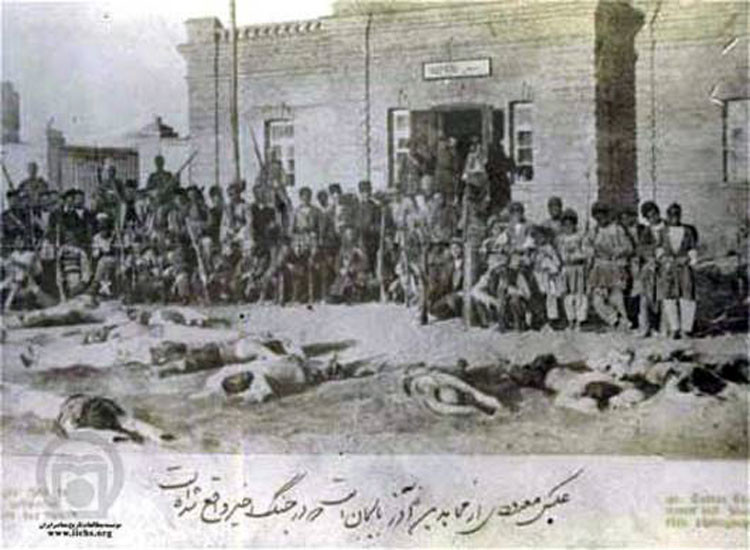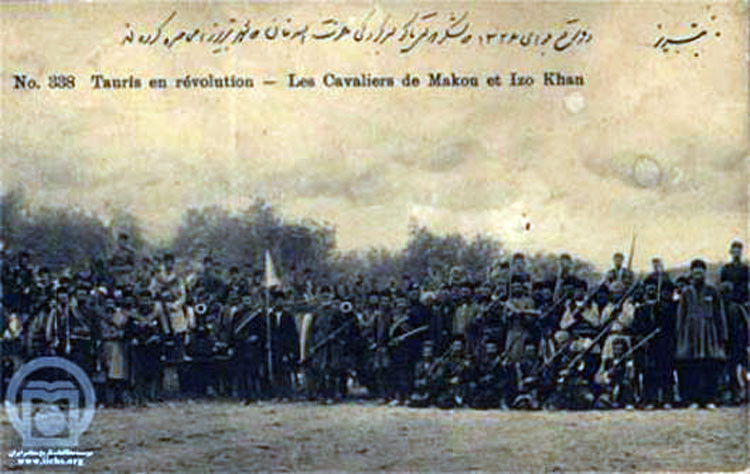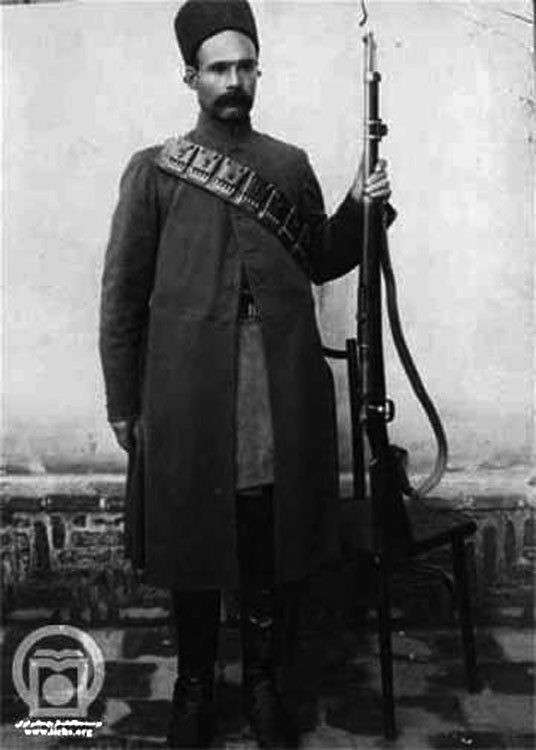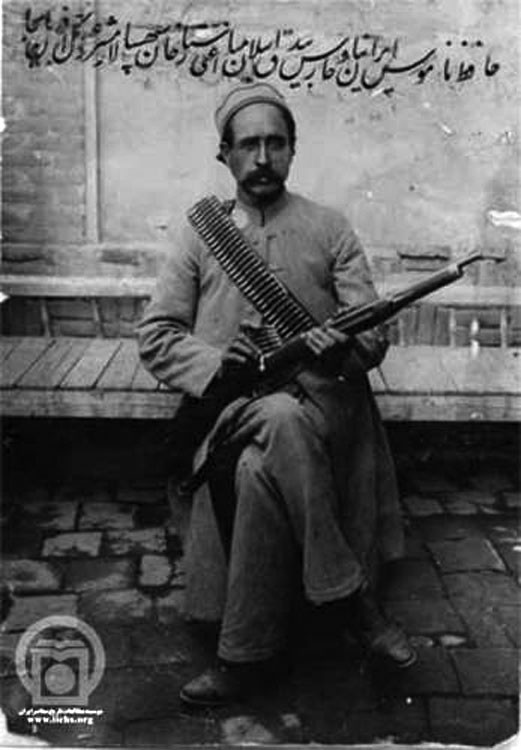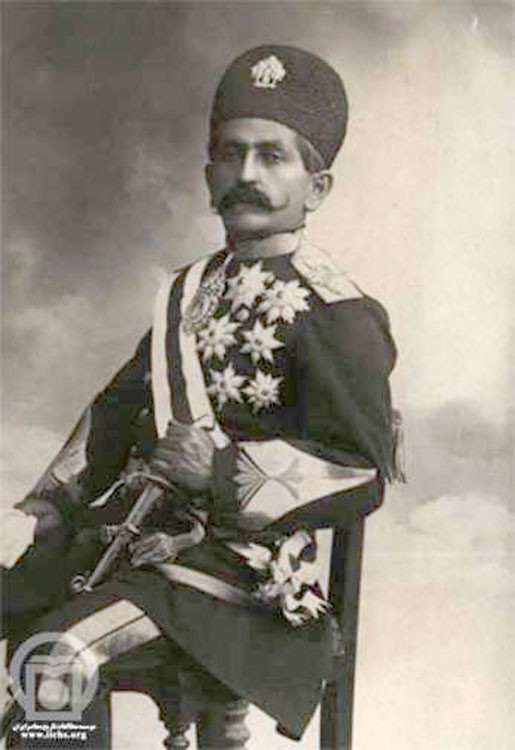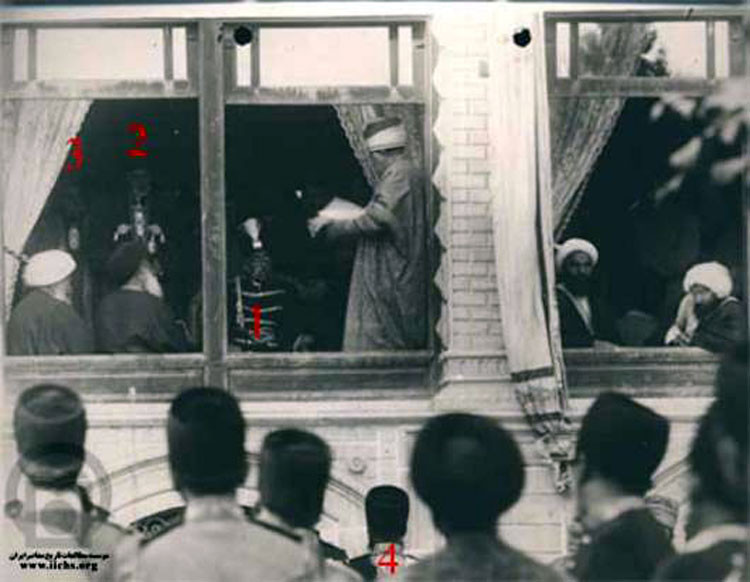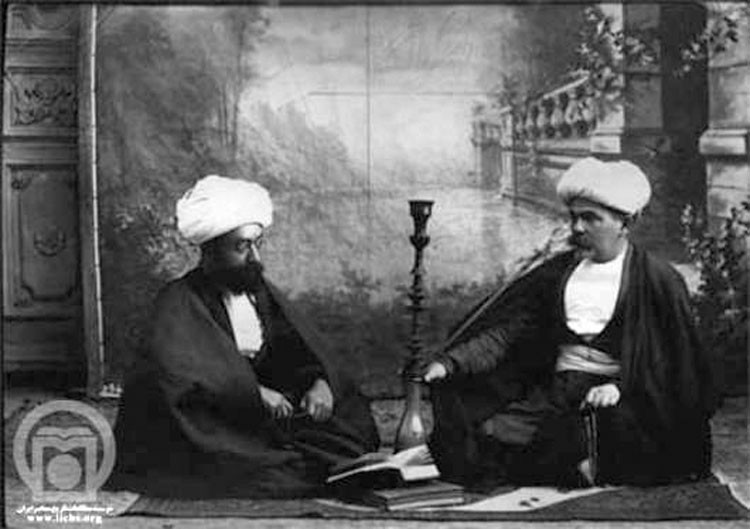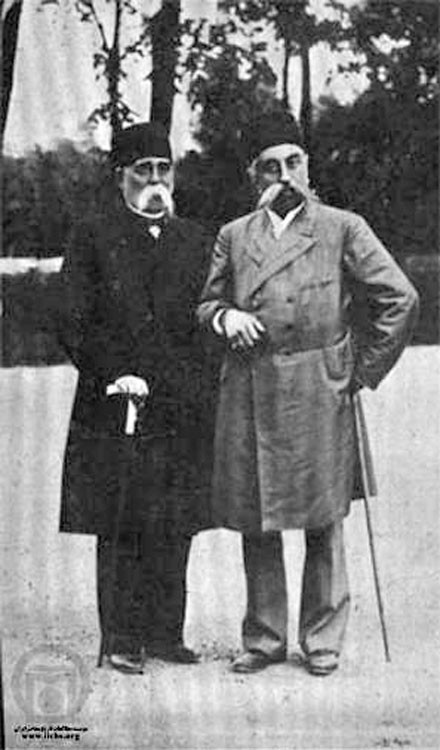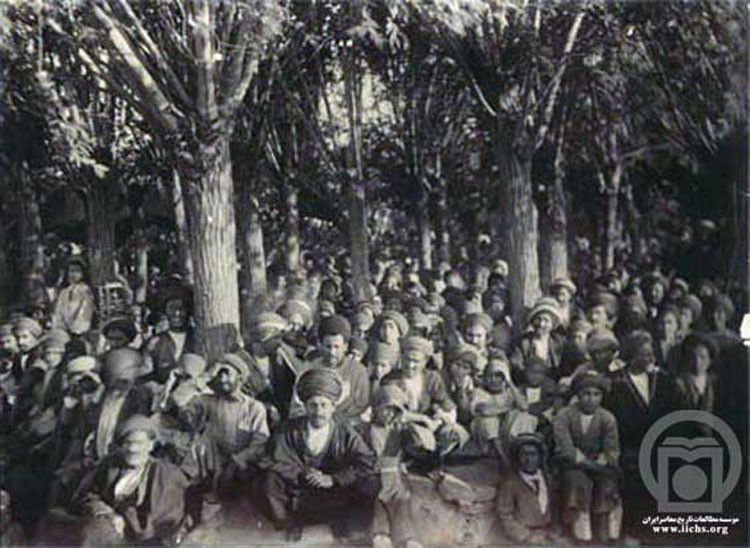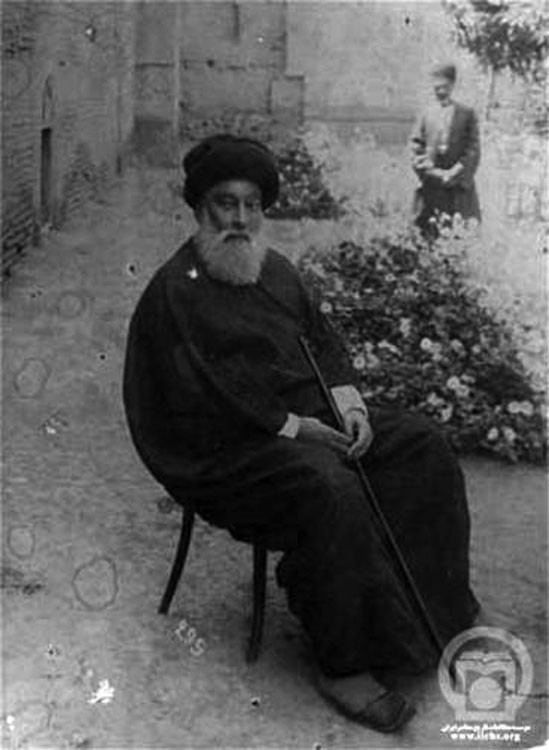Following the reforms implimented by the crown prince, Abbas Mirza and Mirza Abu'lqassem khan Qayemmaqam Farahani (Chancellor) to introduce and promote new techniques and industries and the establishment of Darolfonun (polytechnique) by Mirza Taghi Khan Amir Kabir, the country had stepped into a new level. Some Iranians became familiar with cultural and scientific advances and lifestyle of people in the West. On the other hand, the return of students and the educated people from Europe and the Enlightenment of liberal minded Iranians, reformers and intellectuals who were aware of comprehensive mental retardation of Iran has had considerable impact on developing reformist ideas and constitutionalism in the country.
With the enthronement of Mozaffaraddin Shah (1896-1907), who was a patient, weak willed man without the least awareness of the world state of affairs, and appointment of some anti reform and authoritarian prime ministers as Ali Asghar Amynossoltan (Atabak) and AbdolMajid Mirza Einoddowleh, and borrowings from Britain and Russia, and pledging of the country's natural resources and tax revenues led to the destruction of country's economy, poverty and destitute of people and the increasing influence of foreign governments in Iran. Moreover, the publication of a photo related to the Belgian monsieur Joseph Nause (Head of Customs) with a clergy dress in a fancy circle, and the merchants and traders dissatisfaction with the situation and considering Nause’s policies of impeding their economic growth began to oppose him and requested his expulsion from his country, removal of Ahmad Alaoddowleh from Tehran’s government and establishment of justice house. Carelessness of Abdolmajid Mirza Einoddowleh (the Chancellor) to this issue added to the opposition of people, clerics and merchants in Tehran led by Ayatollahs Tabatabai and Behbahani, and they demanded the compilation of constitution and legislative assembly.
The conflict led to sit in the Shah mosque and then at the holy shrine of AbdolAzim. Excessive violence and the arrest of intellectuals and democrats by Einoddowleh led to the immigration of scholars and religious students to Qom and the sit in of businessmen at the British Embassy in Tehran. Finally, Mozaffaraddin Shah gave up and removed Einoddowleh, and appointed Mirza Nasrallah Khan Moshiroddowleh instead. He issued the decree of the establishment of National Consultative Assembly in 5 Aug. 1906 in the 30 Dec. 1907 same year the command of the Constitution were signed by the Shah and the crown prince Mohammad Ali Mirza.
Mozaffaraddin Shah died after a few days and his son Mohammad Ali Shah came to throne 1896-1907. He made public his opposition to constitutional and declared that the hit of hand grenades to his vehicle in 8 March 1907 was the Majlis plot. He began to detain the democrats and parliament members and bombarded the majlis in 23 June 1908. Thus the first era of constitutionalism was ended and the period of minor tyranny (estebdad Saghir) began. The pro constitutional scholars, Seyyed Mohammad Tabatabaei and Seyyed Abdollah Behbahani and others were banished from Tehran. Some of preachers and lecturers including Seyyed Jamaladdin Vaez Isfahani, Mirza Jahangir Khan SureEsrafil, and Mirza Nassrollah Malekalmotekallemin were murdered, and some groups were forced to migrate. At this time, the uprising of Tabriz led by Sattar Khan and Bagher khan began in support of constitutionalism. To suppress the insurrection, Mohammad Ali Shah sent troops under Einoddowleh to Tabriz and the fights lasted for ten months. Supported by local pro-government landlords, Einoddowleh laid siege to the city and caused severe famine in the city. With the prolongation of fights in Tabriz, it was spread to Isfahan, Rasht and Mashhad. In Guilan, democrats seized the whole town and Bakhtiari chiefs took the power of Esfahan into their hands. In most other parts of the country, the towns were seized by the constitutionalists. Eventually, Mujahideen forces of Gilan and Mazandaran led by Abdolhossein Sardar Mohi and Mohammad Vali Khan Tonekaboni, and from Isfahan, the Bakhtiari forces under Sardar Assad Bakhtiari’s command attacked Tehran. After the fall of the capital, Mohammad Shah was deposed from throne, and took refuge to the Russian Embassy, and then he was exiled abroad, and his son Ahmad Shah came to the throne at the age of 12.
So again the constitutional government was established and the National Consultative Assembly continued its term.
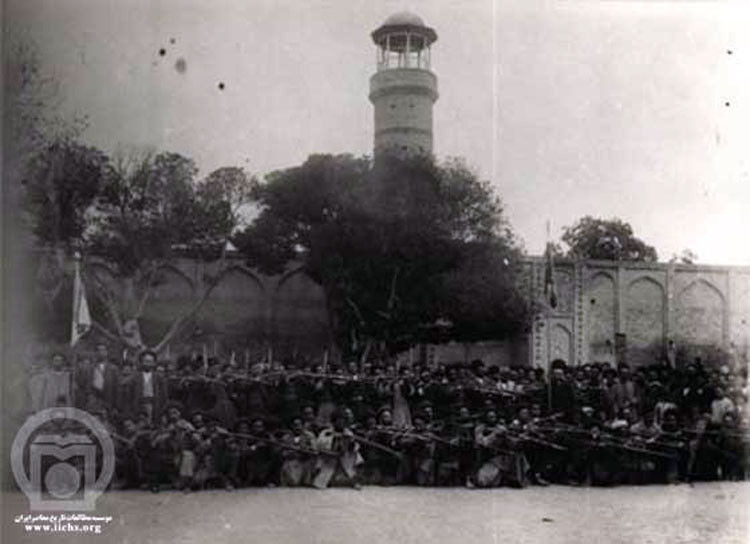
Constitutionalism
The armed Mujahideen groups of Sadat district of Tabriz during the Constitutional movement
AA614-8
AA614-8
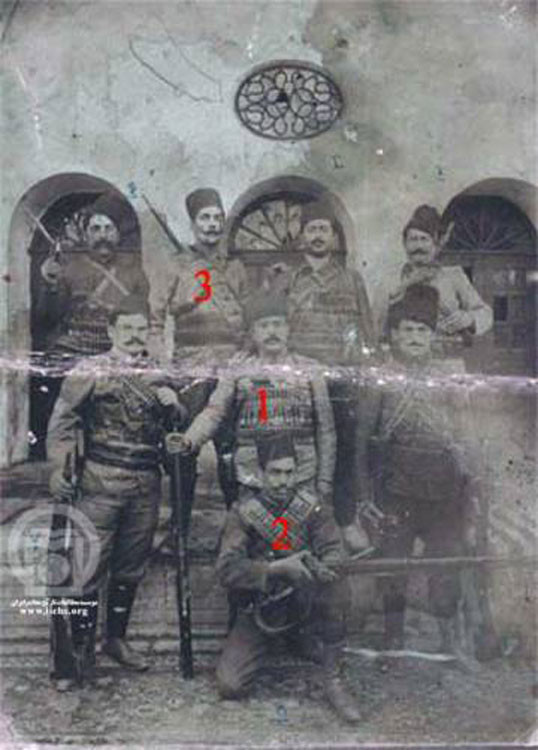
Constitutionalism
Abdolhossein Moezzossoltan Rashti (Sardar Mohi) and several Iranian and Caucasian Mujahideen 1. Abdolhossein Moezzossoltan 2. AliMohammad Tarbiat, 3. Colonel Nazmossaltaneh
AA 320-4
AA 320-4
iichs.ir/vdcj.ietfuqem829zu.html
